Oxygen 3000 Plus: much more than a Digital Broadcast Mixer!
A full range of powerful features for Radio On-Air and Production available in 3 different formats and flexible configurations: 8, 12 and 16 faders with 1 or 2 Audio I/O Boards and 16+16 or 32+32 Dante™ I/O.
Oxygen 3000 Plus is the best-equipped console of its category: Low Latency, Users Preset, Smart Keys, EQ, Compressors, Telephone Hybrid, HDMI Output, Analogue and Digital I/O, USB, BT, Dante™ AoIP, Telco, Presenter Talk Box, Streaming In/Out.
The DSP based processing guarantees high-end quality audio and of course you will find the easiness of use that marks all the AxelTech’s products.
Oxygen Remoter Software, which enables up to 8 additional virtual faders for a full I/O control is available on Oxygen 3000 Plus as it is, for free, in any Oxygen Digital Console model.
Microphone Inputs
- Up to 5 Microphone Inputs with Automix on each Audio I/O Board
- 3 Mic on XLR and 2 Mic on RJ45 (with Talk Box connector/adaptor) all balanced with + 48V Phantom and GPIO on each Audio I/O Board
- Independent ON AIR Lights and Cut Off control when opening Control Room and Studio microphones
- PFL button switches to private conversation on Hybrid/Telco/BT mode
- Enable TalkBack feature on any Studio or Control Room microphone
- Parametric Compressors/Expander with enhanced features for MICROPHONE and MONO inputs
- Save and recall microphone presets including Compressor/Expander settings
- Phase inversion on microphone inputs
- MONO inputs assignable as EXT source
- Ducking/AutoFader assignable to all sources (automatic attenuation of music on speech)
Automix
The Automix feature simplifies mixing activities if many guests are in the studio.
The Automix adds a new source to the existing ones (called “Automix”) and it will be the sum of all the enabled microphones.
The Automix source has all the features of a normal microphone source such as:
- Studio/Control Room loudspeakers control
- Studio/Control Room light control
- Can be used as audio in Private mode for phone calls
Using the Automix source, the user can manage in a very simple way all the microphones of the studio with many benefits:
- Managing all the studio’s microphones with one fader only;
- A dedicated AGC section for each microphone input automatically adjusts the correct level;
- Automatic management of attenuation on microphones not in use, simulating a slight closure of the fader;
- Final compressor with automatic leveling of the Automix source;
- Possibility to use the microphones individually.
This feature simplifies the work of the mixer engineer, especially if he/she is also hosting the show.
Available settings in the Automix menu:
- MIC-1 ON/OFF
- MIC-2 ON/OFF
- MIC-3 ON/OFF
- MIC-4 ON/OFF
- MIC-5 ON/OFF
- MIC-6 ON/OFF (with second audio board)
- MIC-7 ON/OFF (with second audio board)
- MIC-8 ON/OFF (with second audio board)
- MIC-9 ON/OFF (with second audio board)
- MIC-10 ON/OFF (with second audio board)
- DANTE-1 ON/OFF (with Dante™ option)
- DANTE-2 ON/OFF (with Dante™ option)
- DANTE-3 ON/OFF (with Dante™ option)
- DANTE-4 ON/OFF (with Dante™ option)
- DANTE-5 ON/OFF (with Dante™ option)
- DANTE-6 ON/OFF (with Dante™ option)
- Idle Mic Attenuation
- Attenuation Attack Speed
- Attenuation Release Speed
- Compression Threshold
- Compression Ratio
- Compression Attack Speed
- Compression Release Speed
- Autogain Speed
- Autogain Max Gain
- Autogain Max Attenuation
Analogue Inputs
- 2 balanced stereo analogue inputs on RJ45, up to 2 additional balanced stereo analogue inputs (one on XLR and one on RJ45) using other input sources, on each Audio I/O Board
- Channel mode selection: STEREO, MONO, L, R, INV-L, INV-R, INV
Digital Input Line
- 1 AES/EBU Input on XLR with Sample Rate Converter (32 – 192 kHz), on each Audio I/O Board
USB Audio I/O
- 2 Built-in stereo USB (Type-B) (2 Stereo Inputs-1 Stereo Output) Audio Interfaces on each Audio I/O Board, allow to directly connect the PC to the Oxygen 3000 Plus console, with no need for extra audio cards (the PC detects the console as a digital audio card with 2 stereo inputs and 1 stereo output for simultaneous playout and recording)
Telephone Hybrid and Telco
- Telephone Hybrid: 1 POTS/PSTN telephone line with Line In and Tel Set connection on each audio I/O board
- Telco: 1 in/out N-1 to connect external telephone hybrid with control via TLC/GPIO, on each Audio I/O Board
- Up to 6 Telco using other input sources, on each Audio I/O Board
- GPI and GPO management on max 5 Telco I/O, on each Audio I/O Board
- RING and HOOK on F keys for each TELCO I/O
- N-1 on Telco outputs for all BUS (PGM, SUB, AUX-1, and AUX-2)
Analogue Outputs
- For each Audio I/O Board 4 Balanced Outputs:
- OUT – 1 & 2 XLR – Assignable
- OUT – 3 & 4 RJ45 – Assignable
Digital Output
- 1 AES/EBU output (32 – 192 kHz) on XLR on each Audio I/O Board
Headphones and Local Monitor Outputs
- For each Audio I/O Board, 1 Unbalanced output line on Jack 6.3 for Control Room and Studio Headphones
- Adjustable maximum Control Room and Studio speakers volume
- Adjustable maximum Control Room and Studio headphones volume
- Adjustable CUT or Attenuation mode (-40, -30, -20, -10 dB) on Control Room and Studio speakers
- Independent source selection (PGM, SUB, AUX1, AUX2, EXT1, EXT2) for control room and studio speakers, control room and studio headphones with or without PFL
- Independent Talk Back management on Control Room and Studio speakers
- Independent Talk Back management on Control Room, Studio and Guest headphones
- Selectable source for Guest headphones (PGM, SUB, AUX1, AUX2, EXT1, EXT2)
- Same source selection for Control Room and Studio headphones, with independent level
GPI/GPO
- GPI: 9 on each Audio I/O Board, for Talk back, Telephone Hybrid or other features
- GPO: 9 on each Audio I/O Board, to control OnAir lamps or provide HOOK and RING commands for external telephone Hybrid
- User custom GPIs (e.g. Ring, Talkback, channel ON/OFF, etc.)
- User custom GPOs (e.g. Hook/ONAIR, Studio-Light, Control Room-Light)
Surface & Management
- Direct Firmware update via Internet
- WEB UI for Console configuration and service features (Save, restore, update, logs, etc)
- Conditional Access (4-digit PIN) to limit console configurations to authorized users
- Save and recall EQ presets (up to 10)
- New real-time EQ algorithm with graphic
- Fast and accurate Meters on 2.2” TFT IPS displays
- Save and recall control panel configuration with 10 Snapshots
- Save and recall total console configuration. The configuration can be saved to internal memory (microSD), USB and PC (via WEB interface)
- Gain adjustment knobs with adaptive speed
- Dimmable buttons light
- Adjustable fader ON/OFF threshold (from -50 dB to 0 dB)
- CountUp/Timer on studio and control room microphones on the built-in 7″ display
Telephone Hybrid and Telco
The built-in telephone hybrid allows direct connection of a telephone line POTS/PSTN on RJ-11C.
It’s also available a Telco N-1 in/out, to connect Oxygen 3000 Plus to an external telephone hybrid. Telco-1 N-1 output is always available on RJ45. TLC commands are available on RJ45 connector with Hook and Ring interface for external telephone hybrid.
6 inputs/outputs N-1 are also available (with 4 GPI controls).
Software Remote Control
Oxygen Remoter is a software tool available for free with any Oxygen console. It offers advanced remote control features such as accessing to any set up and information, fader and buttons control and any other operation available on the physical consoles. It is very useful especially for compact consoles and in any environment that has limited space.
The Virtual Fader technology enables users to assign each input to a virtual fader/channel on the remote surface, this is of course very useful when controlling channels remotely. Additionally, transforming the A/B pair into two virtual faders is a smart solution that maximizes the management of the available sources.
Oxygen Remoter can remotely control multiple consoles and create an ecosystem, this can be very helpful for remote productions where, for instance, a portion of the channels may need to be controlled from a studio while the others are still managed from the physical surface in the control room.
Oxygen Remoter is a powerful tool that provides extra flexibility and control’s tools to all the Oxygen consoles.
Oxygen Remoter is downloadable from the Oxygen console’s administration web page.
Displays
On the OXYGEN 3000 Plus AxelTech reinvented the experience between the studio engineer and the console.
The 7″ TFT IPS graphic display shows all the airing parameters and with the 4 rotary knobs allows the fast and intuitive programming of all the mixer’s parameters.
Selectable home page layouts are available with many theme icons. Default page shows the levels and the A & B source names for any fader.
Four 2,2 ”TFT IPS displays have been implemented for an immediate and complete monitoring of the outputs.
The 2,2 ”TFT IPS displays on top of each fader show the channel status, levels, sources and main settings.
HDMI Output
The HDMI output connects the console to a HD display monitor and it can monitor all the following information:
- Audio input source levels
- 4+1 BUS output levels
- A/B source names assigned of 10 channels
- Display On-Air sources
- Microphone On timer (control room & studio)
- Large Clock
- Audio output level (Loudspeakers & Headphones)
- On-Air microphone
- Telephone active
- HDMI output combined with 4 rotary knobs allow the fast and intuitive programming of all the mixer parameters.
- The programming GUI has been designed in order to be very easy and intuitive.
- Selectable home page layouts are available, with many theme icons.
HDMI output can be customized with the user’s logo. Selectable display layouts are available.
Bluetooth
Oxygen 3000 Plus has a Bluetooth module on each Audio I/O Board. This allows airing the calls made via GSM, Skype, Viber and WhatsApp with a Smartphone, a Tablet or a PC. Oxygen 3000 Plus has two BT connection modes: bidirectional to support phone calls; monodirectional to put on air high quality stereo audio (A2DP) streamed by BT sources.
With BT calls, PFL enables PRIVATE conversation mode.
Built In Decoder and Streamer
Oxygen 3000 Plus, in addition to analog/digital/AoIP inputs and outputs, are open to integration with the IP world, thanks to the ability to decode an audio streams (stereo or mono) as input and generate an output audio stream (stereo or mono).
Supported CODECs:
Input (CBR & VBR):
- AAC (AAC-LC): 32-256 kbps, 16/32/44.1/48 kHz
- Linear PCM – 16 bit, 16/32/44.1/48 kHz
- MP3 (MPEG1-Layer 3): 32-320 kbps, 16/32/44.1/48 kHz
- MP2 (MPEG1-Layer 2): 32-320 kbps, 32/44.1/48 kHz
- OGG VORBIS: 32-256 kbps, 16/32/48 kHz
- OPUS: 6-320 kbps, 48 kHz
Output (CBR):
- AAC (AAC-LC): 32-256 kbps, 16/32/48 kHz
- Linear PCM – 16 bit, 16/32/48 kHz
- MP3 (MPEG1-Layer 3): 32-320 kbps, 16/32/48 kHz
- MP2 (MPEG1-Layer 2): 32-320 kbps, 16/32/48 kHz
- OGG VORBIS: 32-256 kbps, 16/32/48 kHz o OPUS: 6-320 kbps, 48 kHz
Supported Streaming Servers:
- Icecast: MP3, OPUS and Ogg Vorbis
Network and Transport & protocols:
- Transport: Real-time Transport Protocol (RTP), Real-time Streaming Protocol (RTSP)
- Protocols: IPv4, IPv6, TCP/IP, UDP, RTP, RTSP
Casting modes: Multicast and Unicast
Key applications:
- STL and SSL links, DVB S/T audio, WEB radio
- Audio streaming over internet
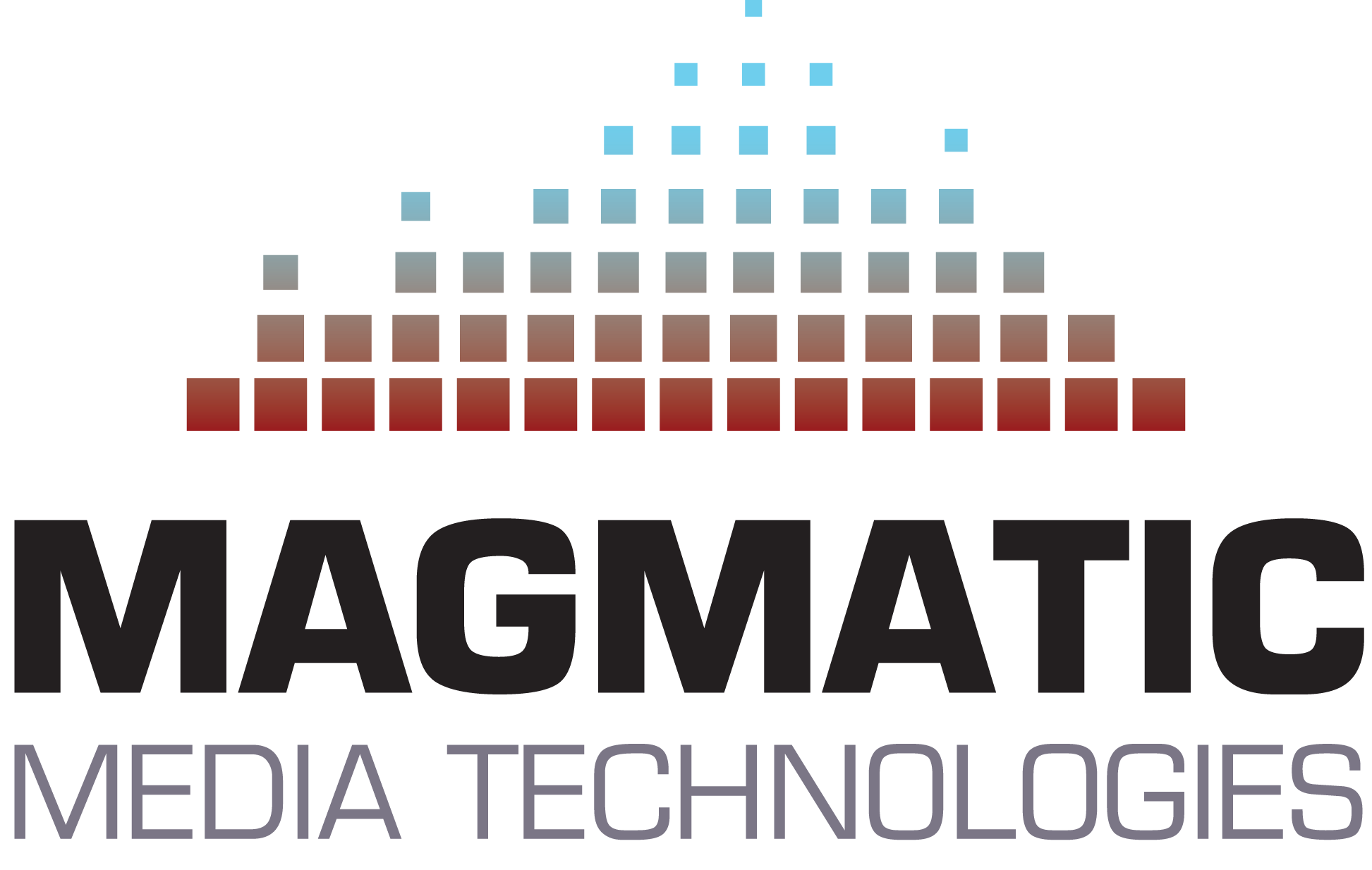
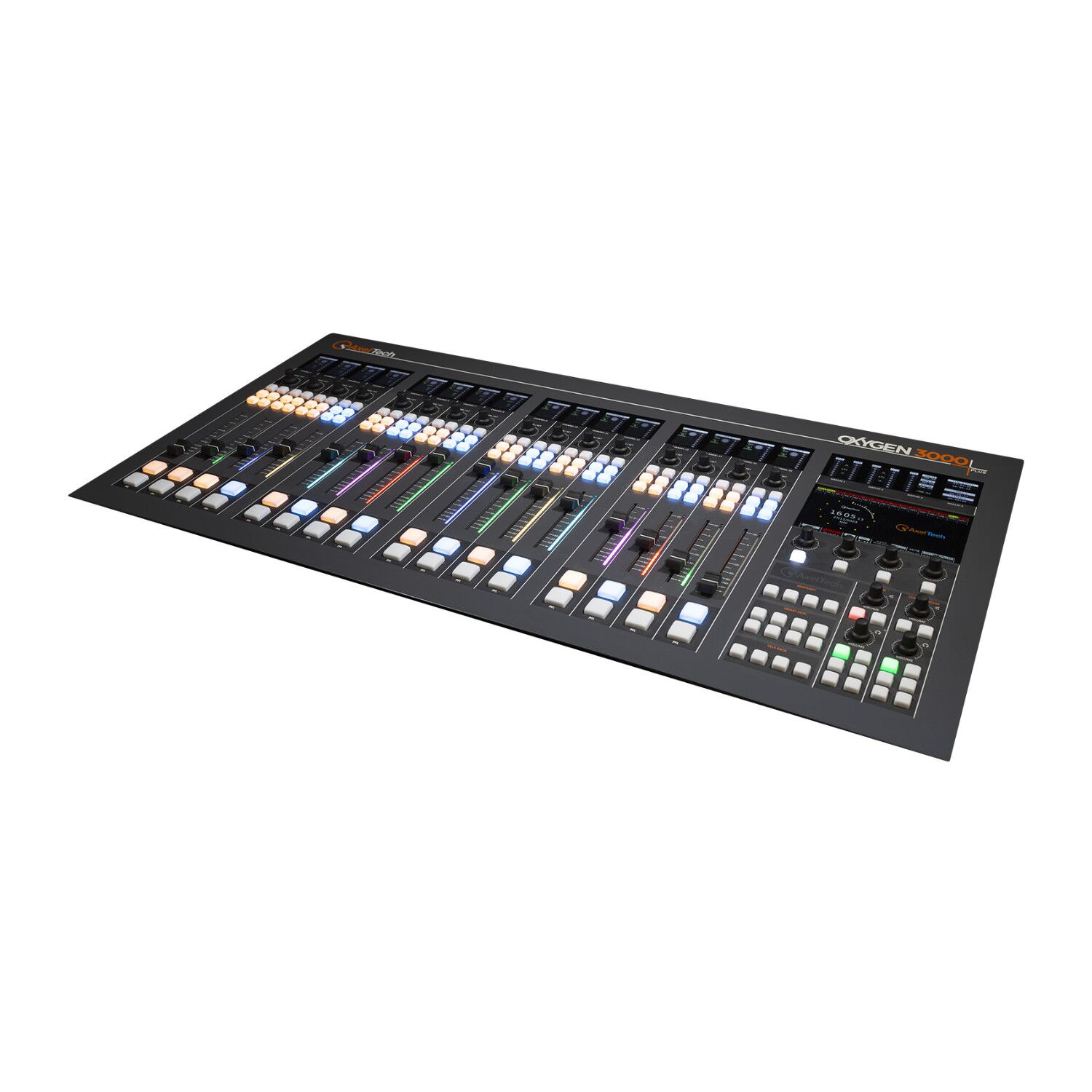
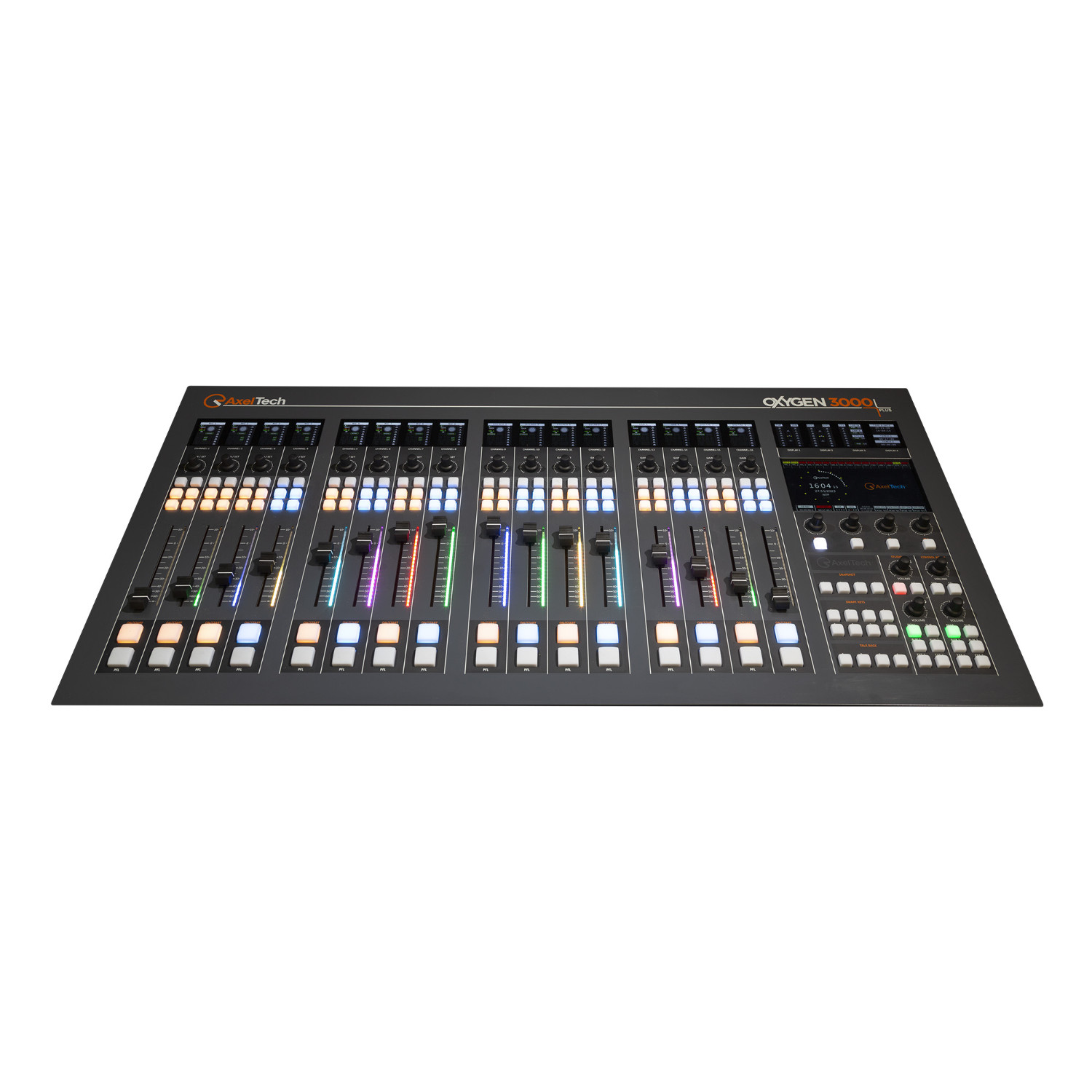
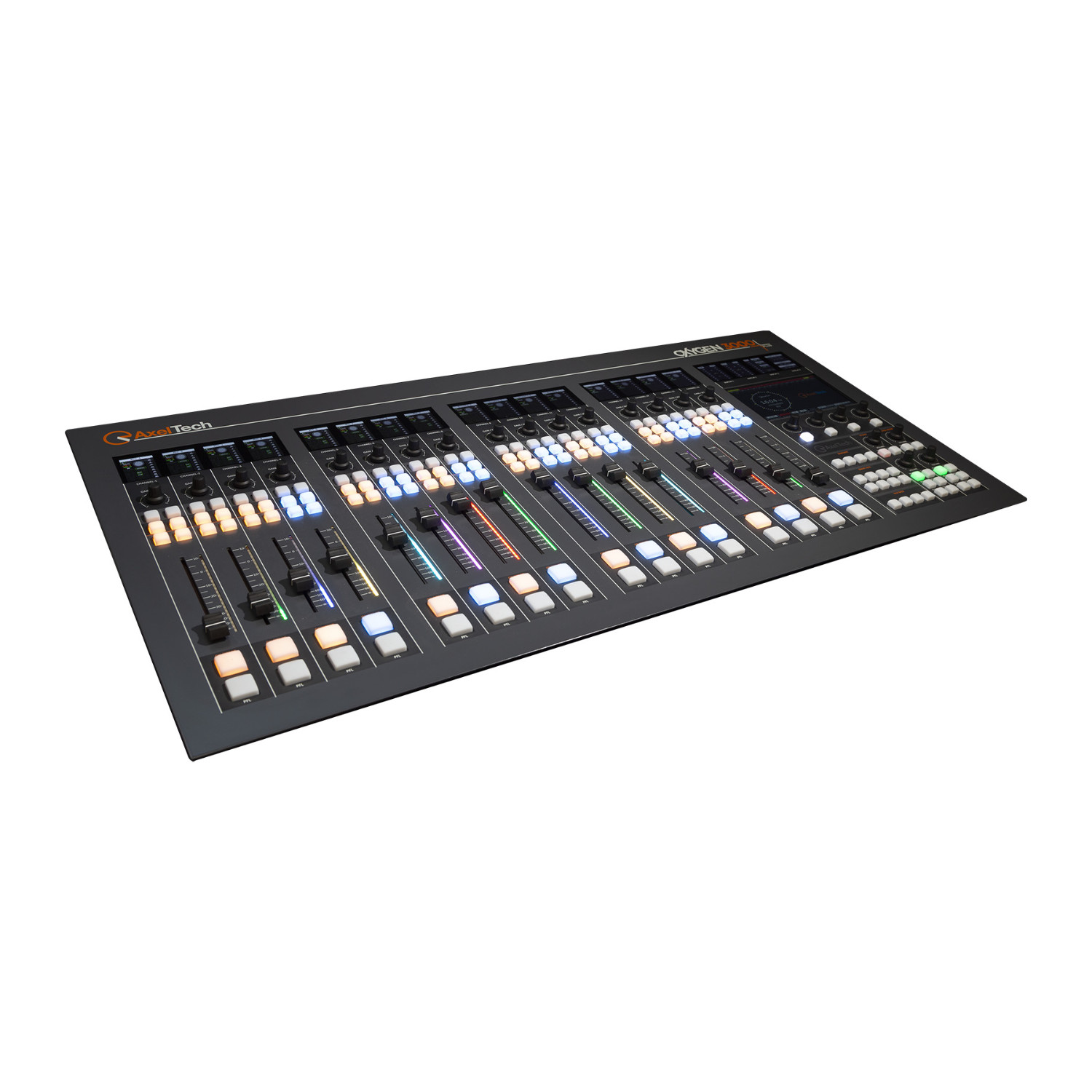

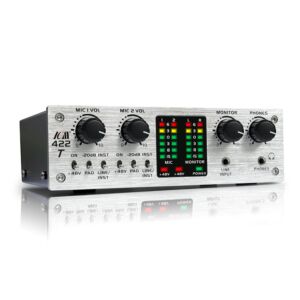



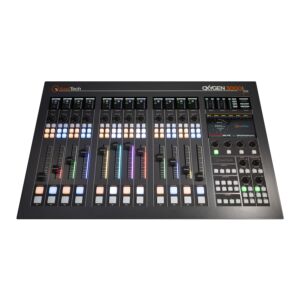


Reviews
There are no reviews yet.